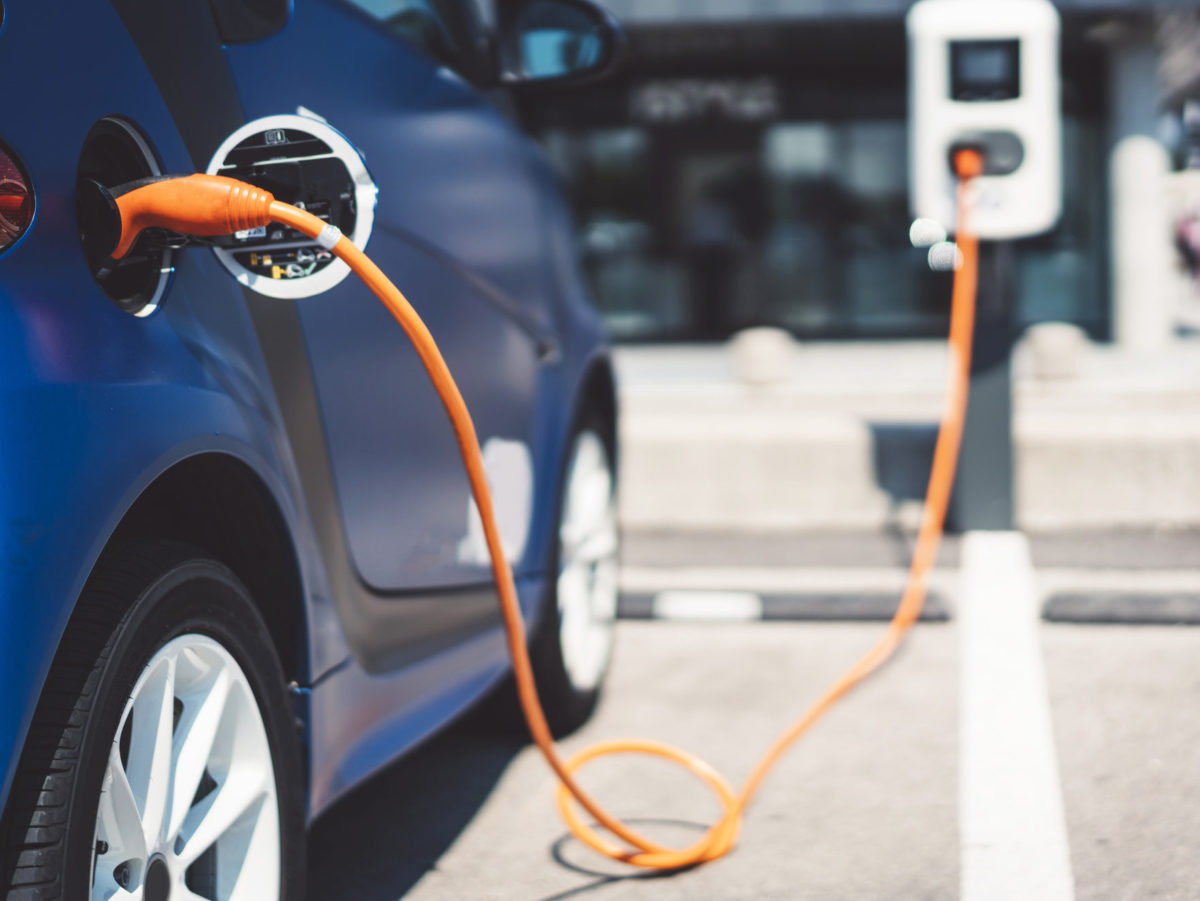
How utilities adopt the new rule will depend on their ability to integrate and analyze electric vehicle, transportation, grid, and customer data.
In mid-April, Oregon regulators adopted a new rule to compel utilities in that state to increase the speed and degree of their support for electric vehicle (EV) adoption. The rule requires utilities to provide an overview of the current state of electric vehicle adoption and impacts in their Oregon service territories, alongside a comprehensive overview of their long-term transportation electrification (TE) plan. This includes facilities and support for charging infrastructure, EV adoption incentives for customers, and distribution system improvements to facilitate new load growth and patterns.
Other utilities and regulators are pursuing similarly ambitious EV infrastructure and adoption support agendas. At the end of 2018, The California Public Utilities Board (CPUC) approved roughly $1 billion in programs to incentivize residential, workplace and public charging programs and infrastructure from state investor-owned utilities (IOUs). In March, Duke Energy requested approximately $76 million to support similar developments.
With many states reporting over 100% year-over-year growth in electric vehicle sales, utilities do not only have the responsibility to facilitate the safe integration of EVs—they also have a valuable business opportunity. Data and analytics will be crucial to understand trends in penetration, identify infrastructure weak points, and provide insight as to where the most valuable opportunities are.
A fine line between opportunities and challenges
As part of their TE plan, Oregon utilities are required to identify existing market barriers to implementation. The plan also requires a detailed analysis of the current market, in addition to distribution system impacts. Such a request for data and analysis alone could be considered a significant barrier to many. Predictably, at least one utility (Pacificorp) provided comment on this element of the plan, and its associated difficulty—but these comments were rejected in the final rule.
The upfront effort will be significant for most parties, requiring an immense collection of meter, grid, EV, and other customer data. But in the long run, the need to support a growing EV base will surely outweigh the near-term challenges and can open the doors to new energy efficiency options, business models and revenue opportunities.
Here’s a brief overview of what these utilities will likely have on their plate in delivering on their TE plans:
Optimized Charging Infrastructure: To develop a sound business around charging infrastructure, utilities must understand how EV drivers travel, what behaviors motivate charging at given times, and how to integrate payments and billing for charging stations. Current and prospective EV owners need to be segmented and further analyzed based on unique behaviors that might affect how they charge their vehicles. What time of day? Will it depend on the actual battery charge, or be anxiety-driven? What types of locations best suit charging infrastructure based on how much time EV owners spend at them (offices, gyms, grocery stores, etc.)? Even if this element is outsourced, there is a grid stability element to supporting charging infrastructure, and that responsibility will fall on the utility.
Distribution System Impact Analysis and Reliability: Demand changes drastically with the addition of an electric vehicle. The grid becomes less and less redundant further down the line, so fluctuations in demand are a cause for concern, and reactive maintenance will be more and more expensive for utilities. Utilities need to pinpoint existing and future clusters, assess load impacts in those areas, implement predictive maintenance and construction, and in some cases enable decision support for operators.
Customer Incentives and low-income support: Like solar, cross-subsidization of wealthier customers is also a challenge when delivering incentives and programs for EVs. Understanding low-income customer demographics, lifestyles, and pain points will help to inform sustainable product/program development efforts around electric transportation. Broadly, as a less-engaged group, this may be where utilities lack the most data.
Lauren Callaway is a senior content manager at Informa
you can read the full rule here.















